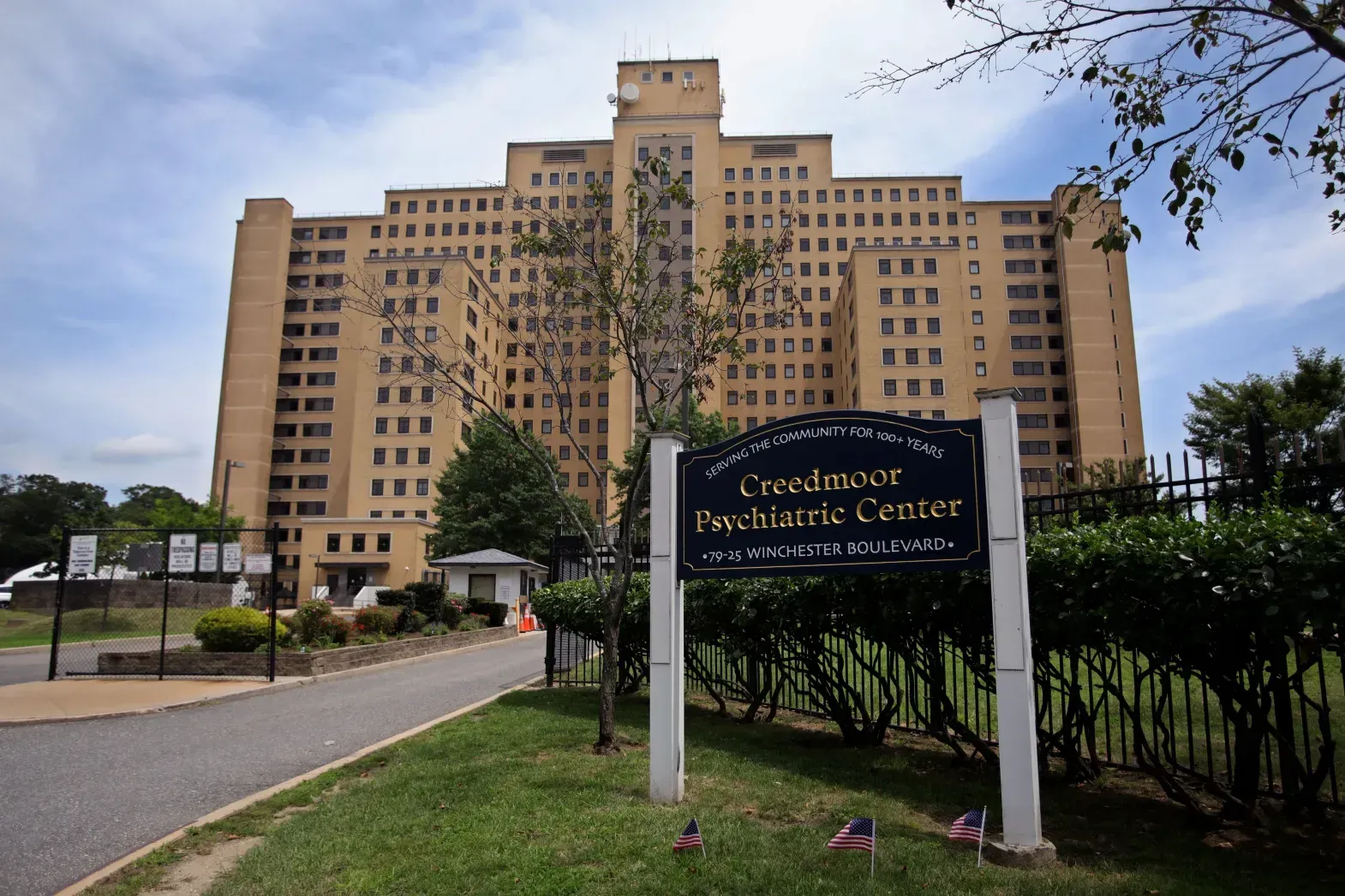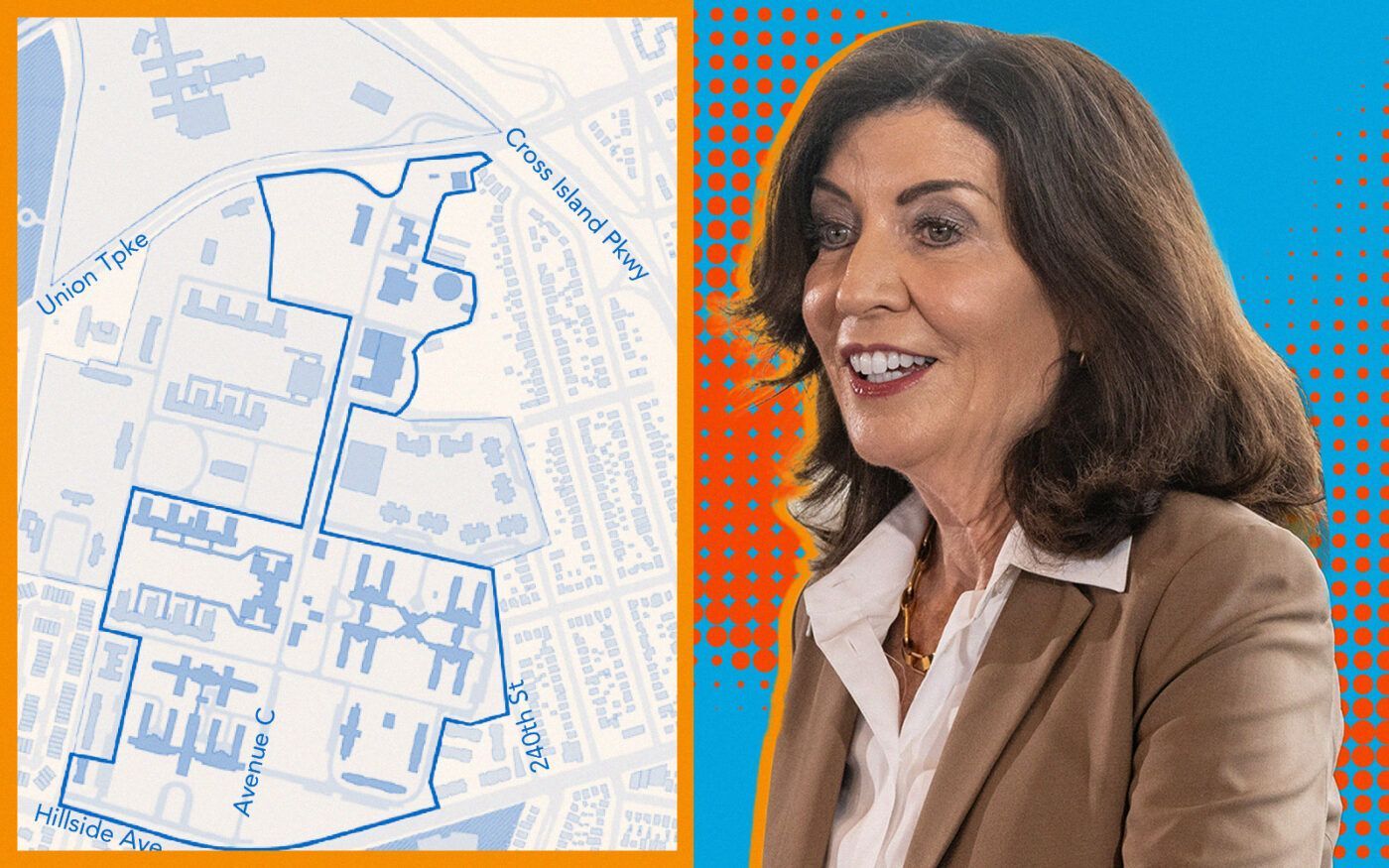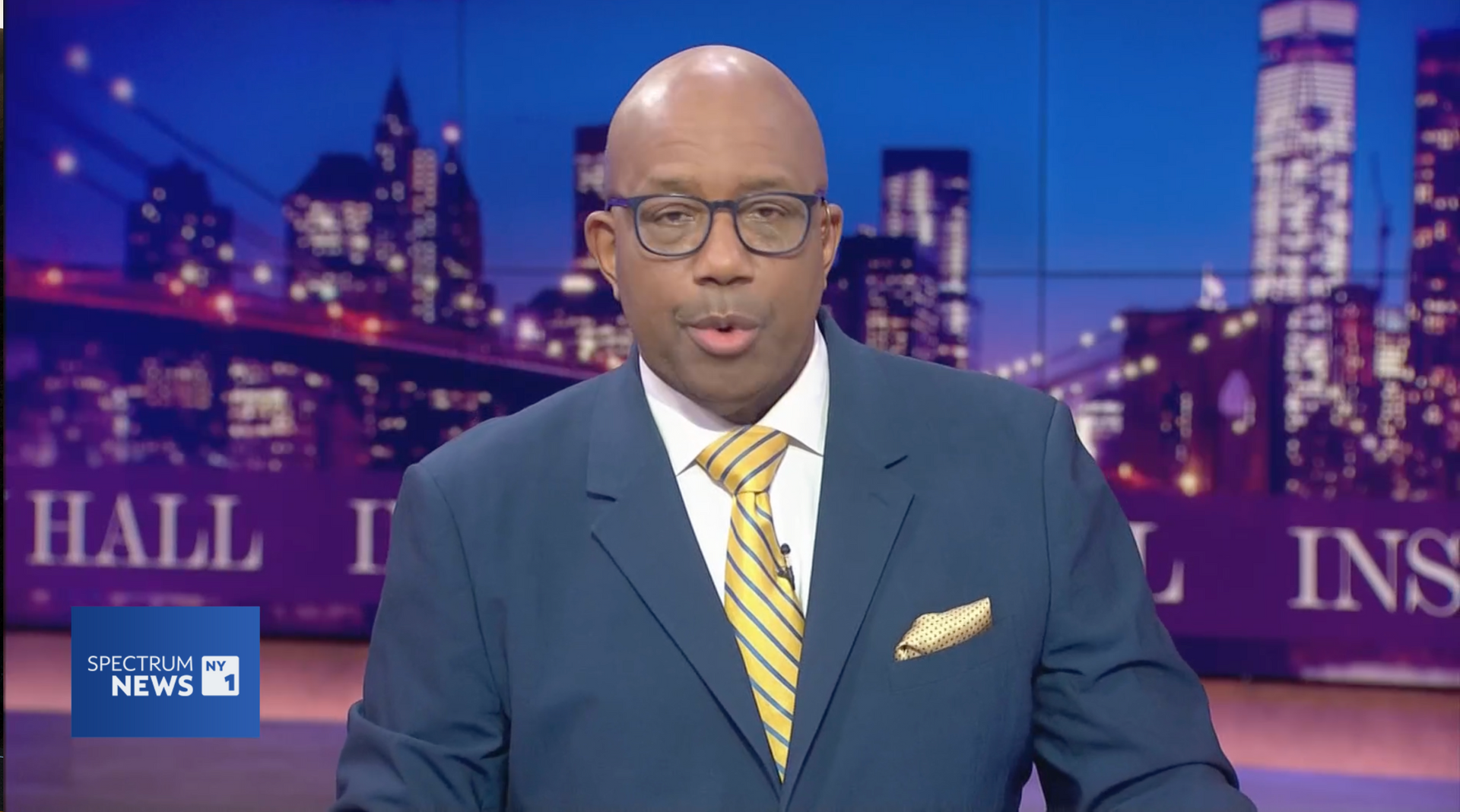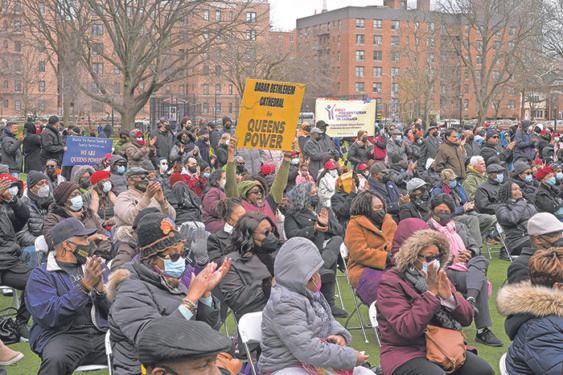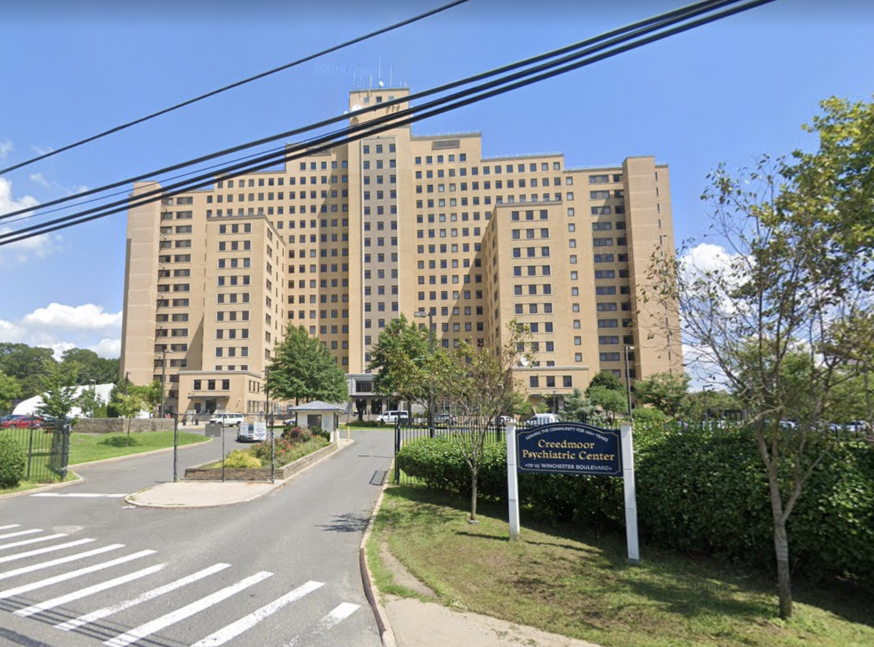
Newsroom
Delving into the media coverage of the Public Land For Public Good campaign.
Can’t find a particular article. Try searching it. Here’s a tip: try using keywords for the topic of your article.
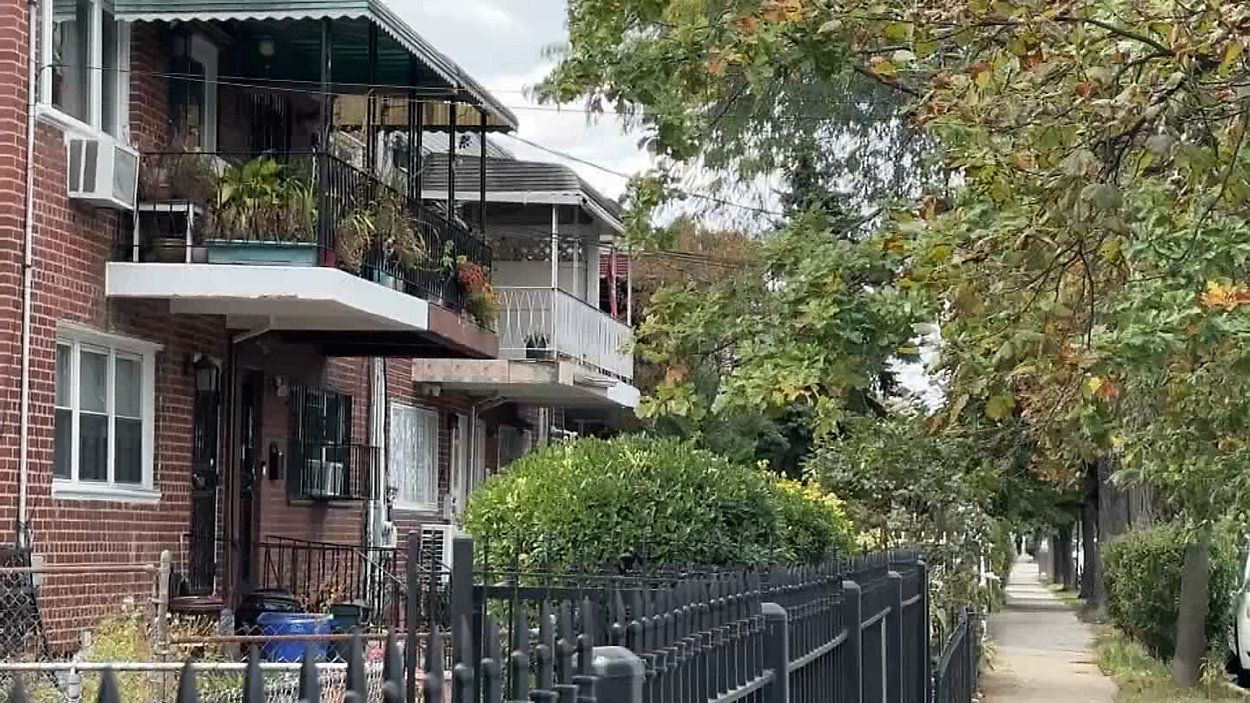
In East New York, Brooklyn, signs of pride and progress are unmistakable. Rev. David Brawley of St. Paul Community Baptist Church believes the neighborhood has been able to turn around because “leaders, citizens, have imagination and are willing to do the work. Once known as the murder capital of New York City, the 75th police precinct had 126 murders in 1993. Last year, there were 12. For many residents, signs of economic development have brought new optimism. Now they hope the neighborhood’s comeback will continue under the next mayor. “As a pastor here in the East New York section of Brooklyn, every week it feels like I’ve got to say goodbye to members that I love because they can’t afford to live here,” Brawley told NY1. When he’s not in the pulpit, Brawley is focused on his other calling, building affordable housing in East New York. For 40 years, St. Paul has worked with East Brooklyn Congregations to transform parts of the community like Spring Creek. “This was a former landfill,” Brawley said. “Our leaders and our people saw more than garbage. We saw an opportunity to build affordable housing for the city of New York. There are 2,600 units here in this area.” Brawley hopes the next administration in City Hall comes in with a bold vision to build new homes that doesn’t leave longtime East New York residents priced out. “I would say to the next mayor that this is an urgent existential crisis that demands an urgent response,” he said. Along the New Lots Avenue corridor, residents Erica Townsend and Eleanor Pinckney shared their concerns about sanitation. “People are dumping,” Townsend said. “If you look down the street, you’ll see it’s bundles of garbage all along here, why?” Pinckney added. City Councilmember Chris Banks believes it’s important to continue “the upward trend in addressing quality-of-life issues.” Banks believes the next administration in City Hall should be attentive to the needs of NYCHA residents and public transportation in East New York.

Lots of people are talking about the state’s plan for 2,800 housing units at the Creedmoor site. Understandably, many life-long residents of the area fear that the project would change the character of the surrounding neighborhoods. Their parents or grandparents worked hard to buy homes in Glen Oaks Village or Hollis Hills: this new plan feels like a threat to their legacy.
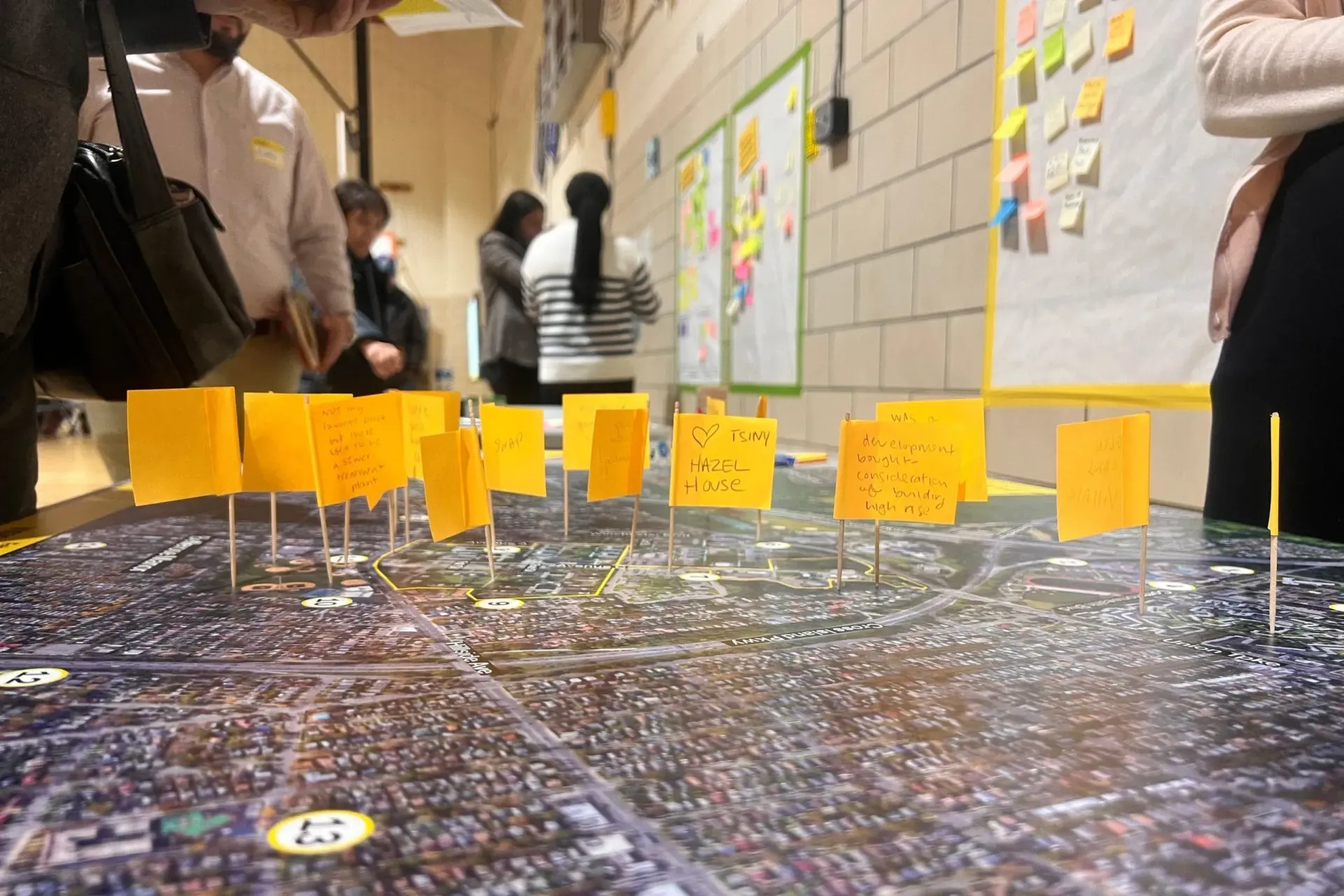
New York State finally has a plan to turn the Creedmoor Psychiatric Center into thousands of units of housing. It will also have full power to approve the plan — angering neighbors who feel they’ll be sidestepped on a project that could transform the low-density neighborhood in eastern Queens with “tall monstrosities” up to eight stories high.
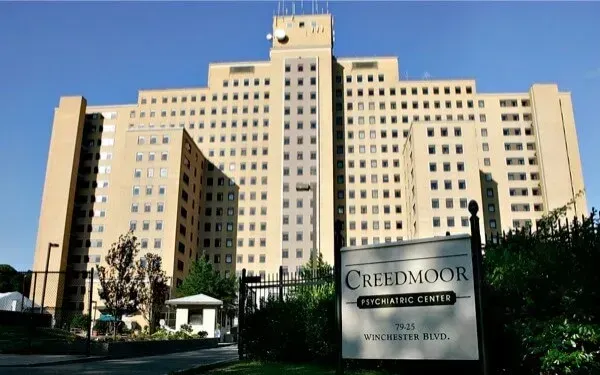
A coalition of activist groups is advocating for the Creedmoor Psychiatric Center in eastern Queens to be converted into affordable housing. They launched the "Public Land for Public Good" campaign, urging Governor Kathy Hochul's administration to use over 50 acres of state-owned land for this purpose.


